
- Home
- Photography Tours
- Diary / Blog
- Galleries
- Foreign Trips
- Tasmania 2016
- NE Queensland 2016
- Western Alps 2016
- NE Spain 2016
- Australia's Wet Tropics 2015
- Australia's Top End 2015
- SW Australia 2015
- Switzerland 2015
- Andalucia 2015
- Belize 2015
- Australia 2014
- Switzerland 2014
- Belize 2014
- Bahama Islands 2014
- Switzerland 2013
- Ecuador 2012-2013
- Florida 2011-2012
- Vancouver Island 2011
- Australia 2010
- Peru 2008
- Bulgaria 2007
- Lesvos 2006
- California 2006
- New Zealand 2005
- Extremadura 2005
- Goa, India 2004
- The Gambia 2003
- About
November 2014
2nd-5th November 2014
Perth area, Western Australia
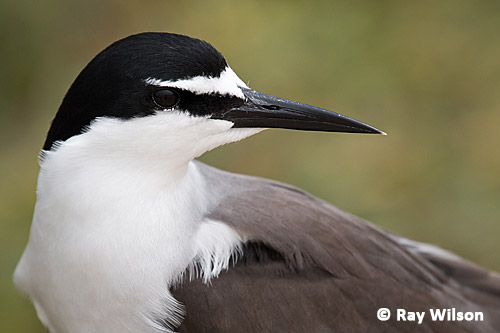
Bridled Tern (Onychoprion anaethetus)
Within an hour's drive of Perth city centre, there are numerous decent spots for bird photography. The first of these that I visited was Penguin Island, about 50km south of Perth off the coast of Rockingham.
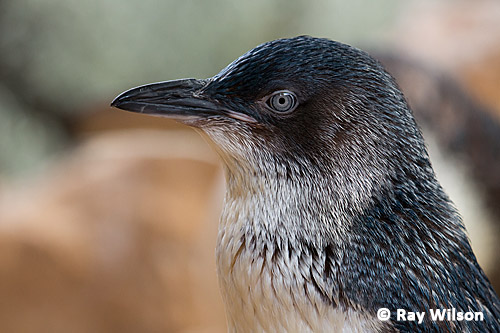
Little Penguin (Eudyptula minor) - rescued individual in captivity
The island gets its name from the Little Penguins that breed on the island, but the chances of seeing a wild individual during daylight hours, especially at this time of year, are extremely low. There are a few rescued individuals that are either unable to survive in the wild or are being rehabilitated after being found injured, that are kept at the visitor's centre on the island.
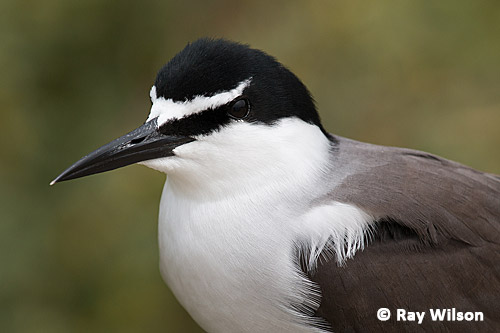
Bridled Tern (Onychoprion anaethetus)
A number of other seabirds use the island for their breeding colonies, including the beautiful Bridled Tern, and close views can be obtained of most of them.
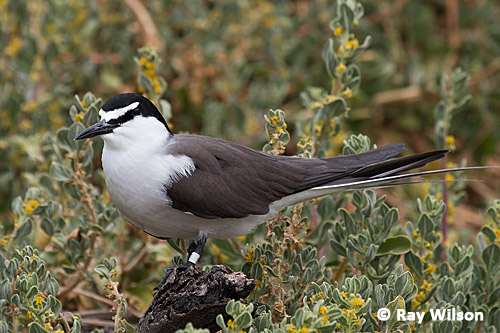
Bridled Tern (Onychoprion anaethetus)
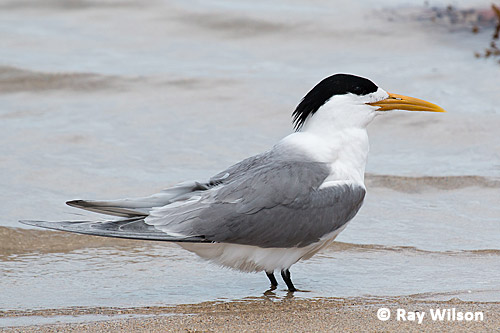
Crested Tern (Thalasseus bergii)
Another offshore island worth visiting is Rottnest Island, where the healthy population of Quokka are the main attraction. These strange-looking, small wallabies are common on the island and can easily be seen in the township at any time of the day, often scrounging for crumbs around the feet of the tourists at the picnic tables outside of the bakery.
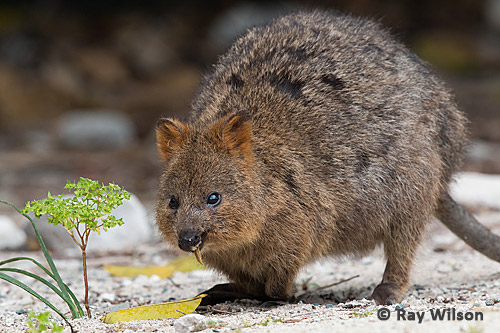
Quokka (Setonix brachyurus)
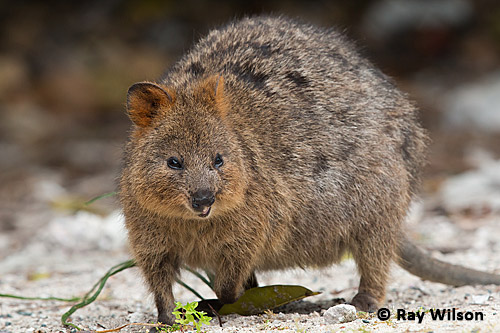
Quokka (Setonix brachyurus)
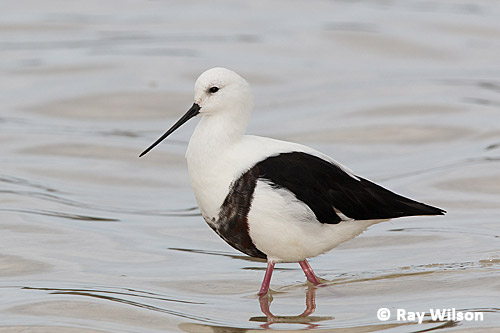
Banded Stilt (Cladorhynchus leucocephalus)
Birdlife on the island is mainly centred around the numerous inland lakes and include numerous shorebirds, such as Banded and Pied Stilts.
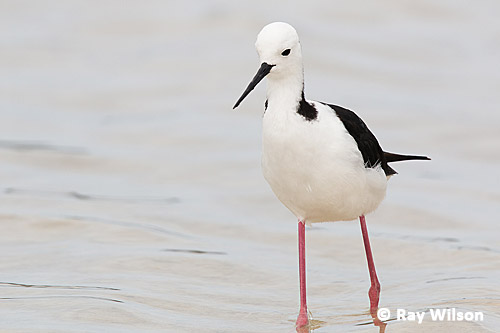
Pied Stilt (Himantopus himantopus)
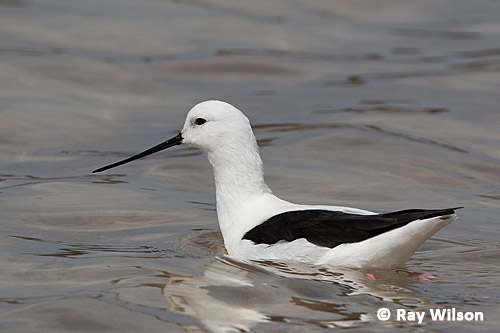
Banded Stilt (Cladorhynchus leucocephalus)
A large flock of Red-necked Avocets were also present on one of the lakes, but were a little bit more distant.
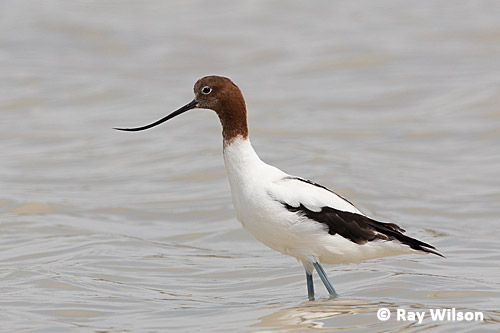
Red-necked Avocet (Recurvirostra novaehollandiae)
Smaller shorebirds along the shorelines of the lakes included a few Red-capped Plovers.
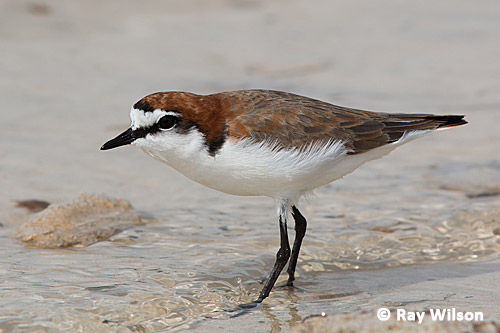
Red-capped Plover (Charadrius ruficapillus)
The most common small wader, however, were the tiny Red-necked Stints, an abundant, non-breeding winter visitor to Australia from Kamchatka and Siberia.
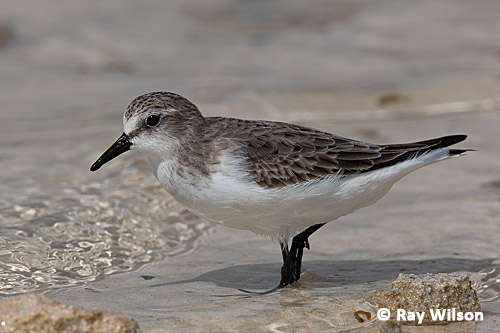
Red-necked Stint (Calidris ruficollis)
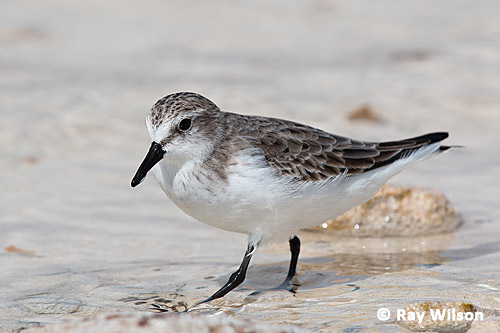
Red-necked Stint (Calidris ruficollis)
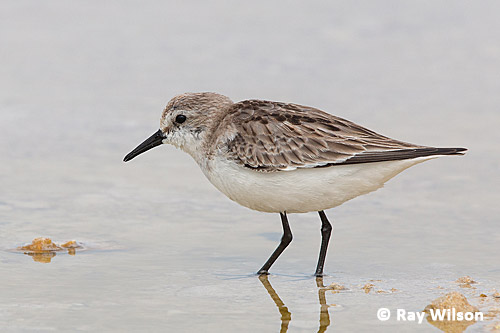
Red-necked Stint (Calidris ruficollis)
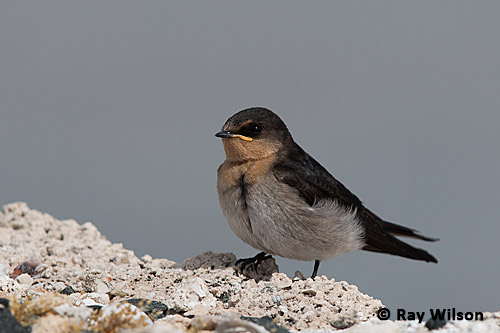
Welcome Swallow (Hirundo neoxena)
White-fronted Chats darted among the rocks and along the sand at the lake edges, hyperactively chasing flies.
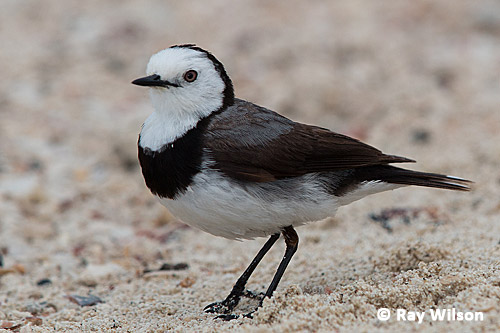
White-fronted Chat (Epthianura albifrons)
Back on the mainland, Galahs could be found just about everywhere.
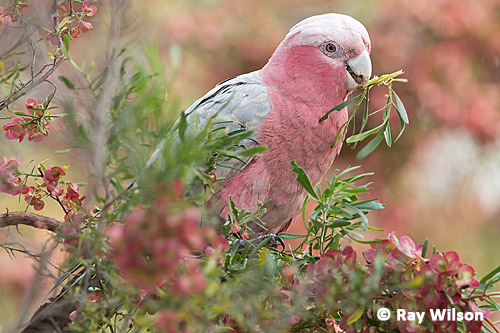
Galah (Eolophus roseicapillus)
There are numerous freshwater lakes within the city of Perth and wildfowl here can be both plentiful and fairly tame. A few examples of the type of species you can expect to see here are shown below:
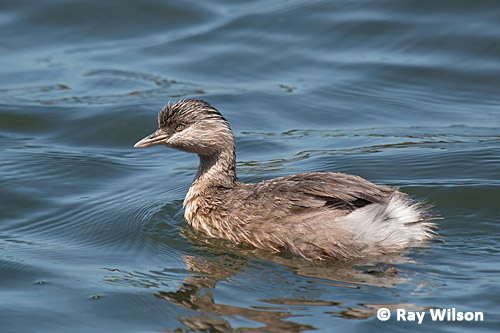
Hoary-headed Grebe (Poliocephalus poliocephalus)
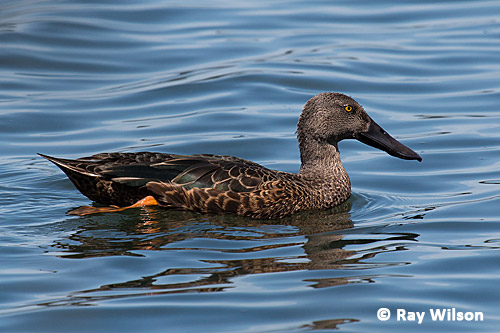
eclipse male Australasian Shoveler (Anas rhynchotis)
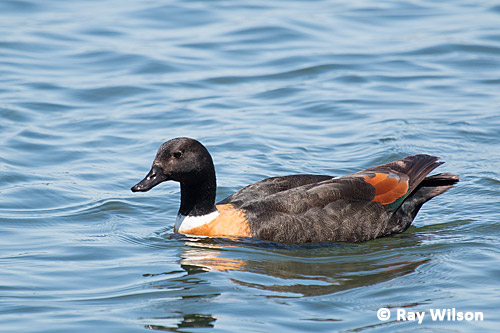
male Australian Shelduck (Tadorna tadornoides)
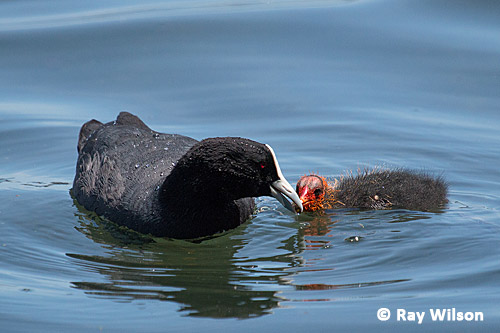
Common Coot (Fulica atra australis)
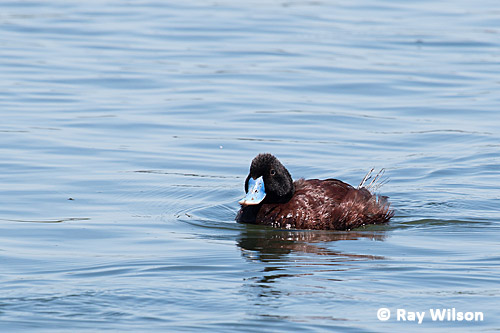
Blue-billed Duck (Oxyura australis)
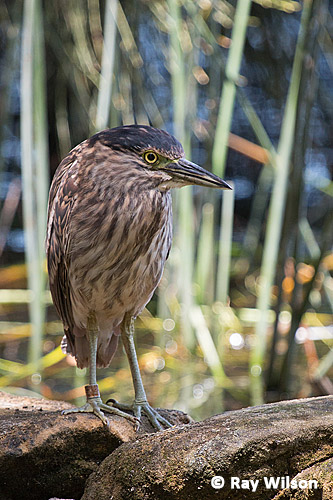
immature Nankeen Night-heron (Nycticorax caledonicus)
Ray Wilson owns the copyright of all images on this site.
They may not be used or copied in any form without prior written permission.
raywilsonphotography@googlemail.com